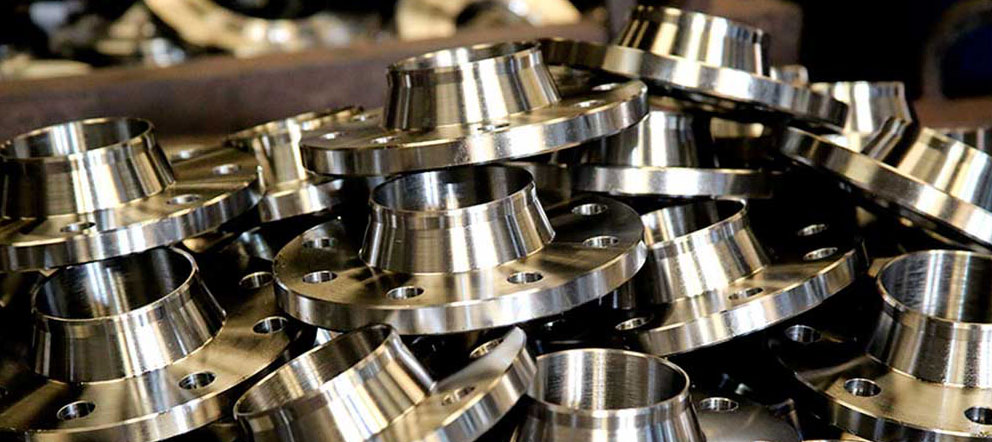Share this
1. Sealing method:
The core of the high-pressure self-tightening flange is a precise, new metal-to-metal seal, that is, the seal is formed by the elastic deformation of the sealing lip (T-arm) of the sealing ring, which is a hard seal; The combination of tendons and bones of the ferrule, the ferrule, and the sealing ring forms a strong rigid body, which makes the strength of the connecting part far greater than the strength of the pipe base material itself.
When under pressure, the ribs and lips play the role of strength and sealing respectively, which can not only self-tighten and seal, but also strengthen the pipeline, which greatly strengthens the overall strength of the connection part.
2. Tensile resistance:
In most cases, the high-pressure self-tightening flange in the connection can withstand the tensile load better than the pipeline itself; the destructive test proves that after the pipeline fails under the tensile load, the flange is still intact and leak-free.
3. Bending resistance:
A large number of tests show that the flange will not leak or loosen when it is subjected to large bending loads. Actual test: DN15 high-pressure self-tightening flange is welded on the pipeline and undergoes multiple cold bending. The high-pressure self-tightening flange connection does not leak, and the bolts do not loosen.
4. Compression resistance:
In normal pipeline applications, the high-pressure self-tightening flange will not be subjected to overload compression; when a higher compression load occurs, the load on the high-pressure self-tightening flange is determined by the ultimate strength of the pipeline. . Advantages of high-pressure flanges.

For pipe fittings, please link: https://bekingpiping.com

